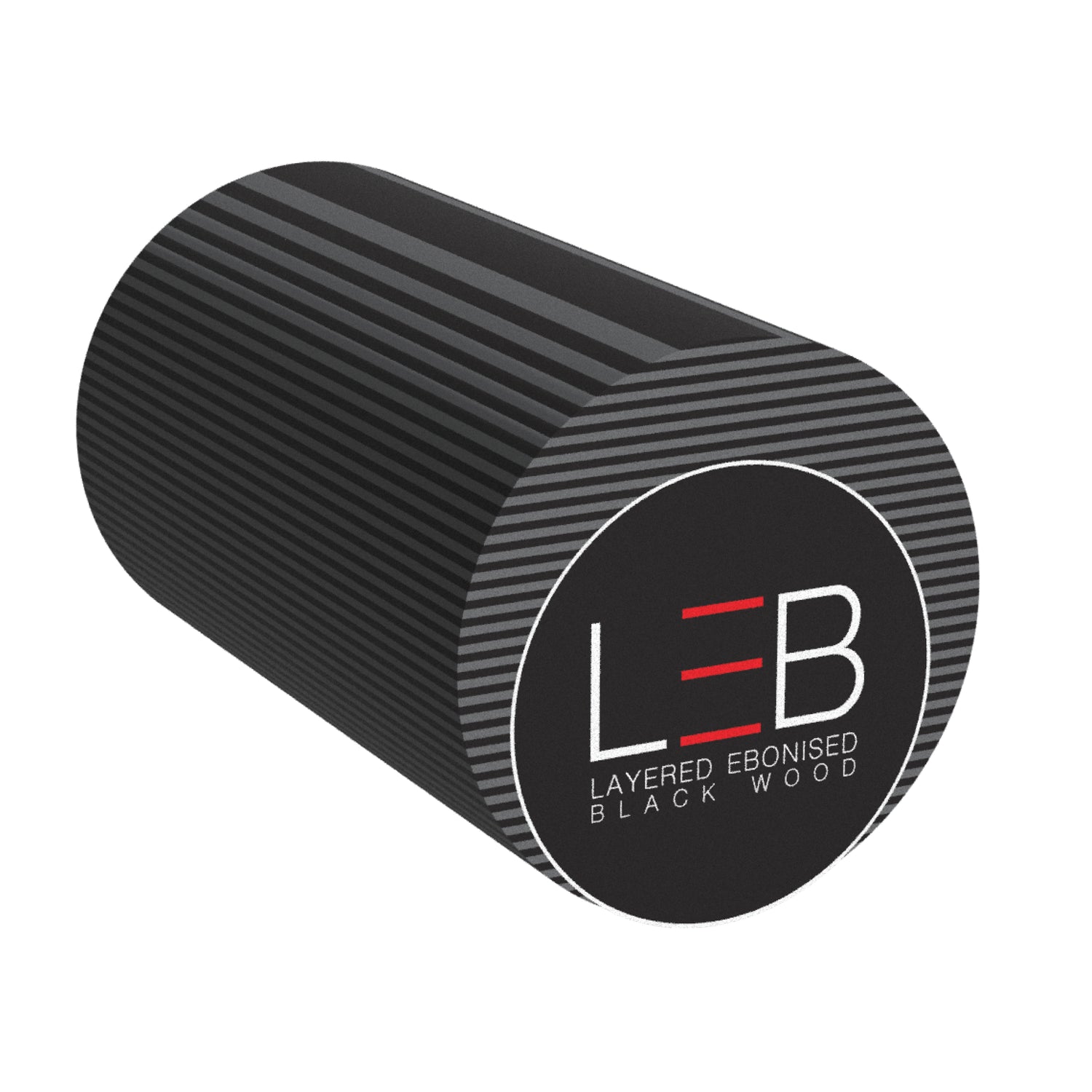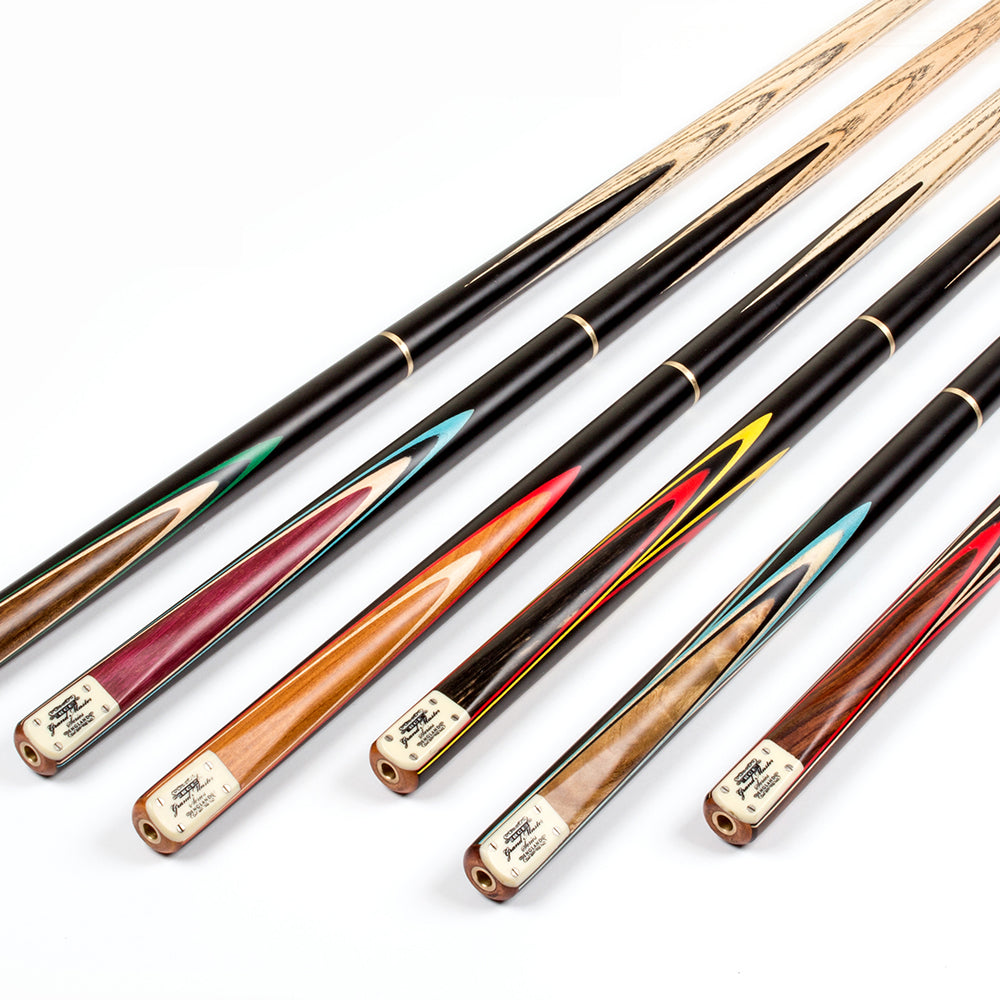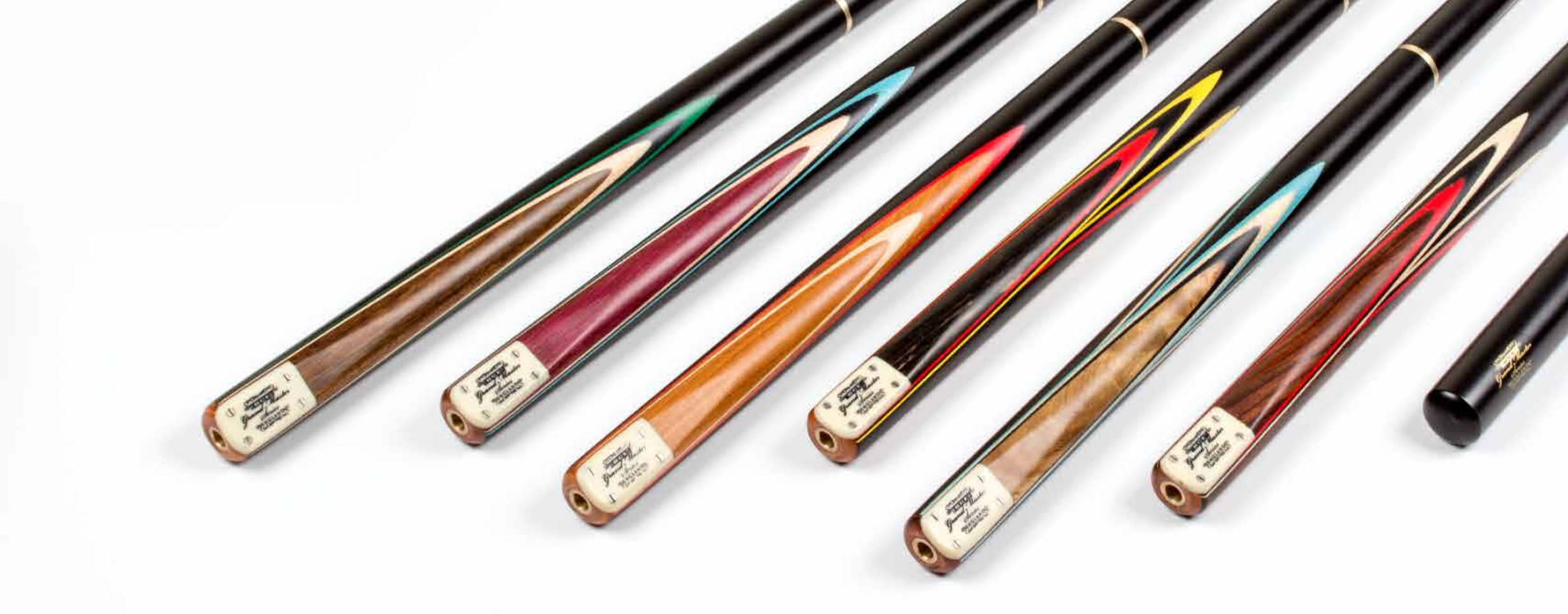
CUE ANATOMY
Understanding the Anatomy of a Snooker and 8-Ball Cue: A Guide for Players and Gift Buyers Alike
Cue sports like snooker and English 8-ball are games of finesse, focus, and precision—and the cue is every player’s most trusted companion. But what makes a cue more than just a stick? To the untrained eye, all cues may look alike, but true players know: the anatomy of a cue matters.
Whether you're shopping for yourself or buying a cue as a thoughtful gift, understanding each part of the cue will help you make a more informed and confident choice. At Riley and BCE, we’ve been crafting cues for over 100 years—each made to the highest standards, using hand-selected materials and time-honoured techniques passed through generations of cue-making heritage.
Let’s break down the key components of a snooker or 8-ball cue:

Component
ASH SHAFT
Material: Typically made from Ash (most traditional for snooker) or Canadian Maple (a smoother grain, popular for American pool).
Function: This is the longest part of the cue, where precision, straightness, and feel are critical.
Riley/BCE Insight: We only use top-grade, straight-grain North American Ash and Canadian Maple woods to ensure consistency, strength, and smooth cueing action.

Component
CUE JOINT
Type: Used in a number of positions, 1/2 Joint, 3/4 joint, made from brass or steel.
Purpose: Allows the cue to be unscrewed for transport, while maintaining perfect alignment and balance when assembled.
Riley/BCE Insight: Precision-machined joints are a hallmark of our cues, ensuring stability and seamless performance.

COMPONENT
SPLICING
What Is It? The decorative and structural connection between the shaft and butt, formed by layering different woods.
Types: Hand spliced for tradition and craftsmanship, or machine spliced for consistency and affordability.
Riley/BCE Insight: Our hand-spliced cues use time-intensive methods favoured by professionals for their feel and beauty.

COMPONENT
BUTT WOOD
Materials: Traditionally made from Ebony, Sapele, or other richly coloured hardwoods. Riley BCE are also leading the way in developing other enhanced and sustainable alternatives.
Why It Matters: Adds weight and balance to the cue, while enhancing aesthetics.
Riley/BCE Insight: Riley have also pioneered Every piece of wood is hand-selected to meet our exacting standards for density and appearance.
At the heart of this range lies our groundbreaking L.E.B (Layered Ebonised Black Wood) butt
wood technology, providing unparalleled consistency and balance. This innovation ensures that each cue feels just right-perfectly weighted, reliably stable, and engineered for
precision.

COMPONENT
FRONT SPLICE
Function: The area where decorative woods are inlaid near the handle.
Material: Made from exotic woods like Thuya Burr, Olivewood, or Zebrano.
Aesthetic Value: A visual signature of craftsmanship—each splice is a work of art.
Riley/BCE Insight: Traditional front splicing showcases the individuality and pride in every cue we produce. Due to the natural characteristics of woods, every cue is unique.

Component
VENEERS
Definition: Thin layers of genuine wood placed between splices for added design contrast.
Role: Veneers not only enhance visual appeal but also reflect a cue’s build quality.
Riley/BCE Insight: Our multi-layered veneers are carefully selected and applied by hand.

COMPONENTS
FLAT (Chamfer)
Description: A flat edge along the bottom of the cue’s butt.
Purpose: Helps with hand positioning and cue orientation during play.
Riley/BCE Insight: This simple feature improves consistency and is favoured by many snooker players.

COMPONENT
MINI BUTT
Function: A cue extension that screws into the base for added reach during awkward shots.
Compatibility: Most Riley and BCE cues support mini butts or telescopic extensions.
Riley/BCE Insight: Our mini butts are precision-fitted and finished to match the cue seamlessly.
WHAT ELSE TO CONSIDER?

FINAL THOUGHTS
From the tip to the badge, every element of a cue has a purpose—and every Riley and BCE cue is built with those purposes in mind. Whether you’re choosing a cue for a beginner, a league player, or a serious competitor, understanding the cue’s anatomy ensures you select something truly special.
At Riley and BCE, we honour more than a century of British cue-making craftsmanship—ensuring every cue is not only a tool, but a legacy of excellence.
🟢 Ready to find the perfect cue? Explore our full range or get in touch for personalised recommendations based on playing style, experience, and preference.
